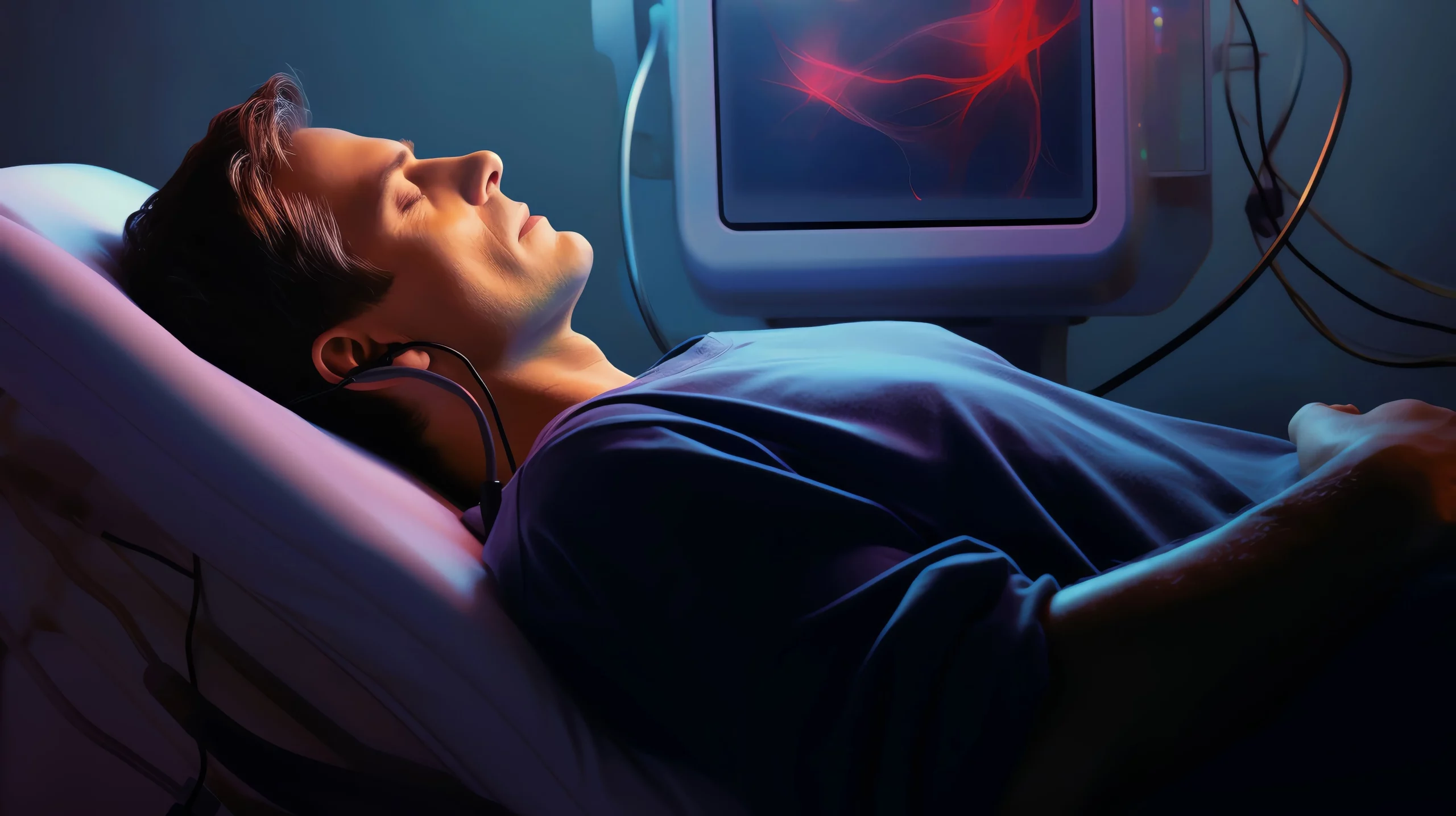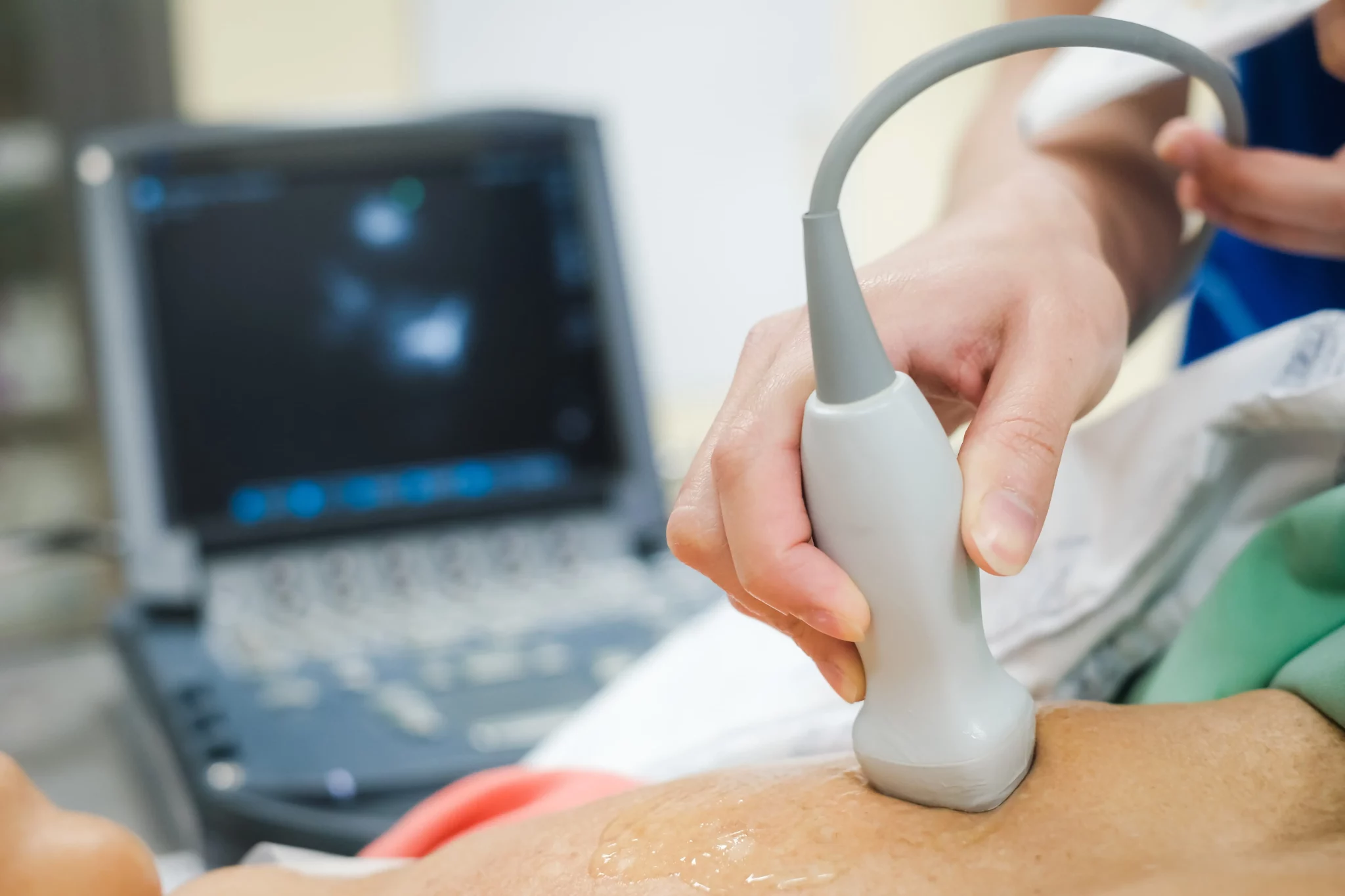Across the healthcare industry, organizations are facing historic workforce shortages due to mounting pressures from the pandemic and extreme levels of burnout. This mass exodus has impacted all departments, including radiology.
An Advanced Health Education Center (AHEC) survey of 350 radiology employees from 34 states found that, in general, radiologic technologists are working short staffed and experiencing a significant burnout rate from the amount of overtime worked.
These widespread shortages have far-reaching implications that put the future of healthcare operations at risk. Healthcare facilities need a way to solve this staffing problem quickly, efficiently, and with an eye toward the future.
A Costly Shortage
Staffing shortages have put a big strain on hospital and health system finances, as an analysis from Premier Inc. found that these organizations are paying $24 billion more per year for qualified clinical labor than they did pre-pandemic.
This is because healthcare employers have had to raise wages and increase overtime payments to retain remaining staff and recruit replacements. The Kaufman Hall’s November 2021 National Hospital Flash Report noted that labor expenses rose 2.7% from September to October, and 12.6% compared to October 2020.
But, despite this increased investment in labor, it may not be enough to keep up safe staffing standards, according to this Time article authored by Megan Ranney, MD MPH, of Brown University, and Joseph Sakran, MD MPA MPH, of Johns Hopkins Hospital and the Satcher Health Leadership Institute. Many hospitals have had to pause surgical cases and elective procedures because they don’t have the required staff to support them. Healthcare organizations are losing money fast and putting patient populations at risk because they can’t meet their care needs. What happens next?
Fitch Ratings shared that “cost mitigation efforts will initially focus on identifying cost savings elsewhere, more efficient utilization of existing staff and renewed efforts on recruitment.”
Imaging Shared Services: A Viable Alternative
In radiology departments across the country, technologists have reached the point of burnout due to various reasons amplified by the pandemic. The AHEC survey highlighted four contributing factors:
- Spending too many hours at work
- Lack of respect from administrators, employers, colleagues, or staff
- Feeling underappreciated and treated like a cog in a wheel
- Lack of competitive pay and recognition.
Radiology directors must determine how to address all of these issues and stave off burnout while reducing costs for maintaining a full staff that can cover ongoing imaging needs. A shared services model offers an alternative to traditional staffing that both lowers operational expenses and gives technologists more freedom and support in their roles.
How Shared Services Works
An imaging shared services model supports your radiology department’s efforts to combat the staffing shortage. With this type of staffing approach, you can:
1. Get access to on-call coverage
A healthcare facility’s diagnostic imaging needs tend to vary greatly, making it difficult to adequately staff a radiology department. In emergency situations you need technologists immediately available to conduct scans, but you don’t want to have a whole team onsite at all hours if you don’t need them.
With access to on-call coverage, you can call in an ultrasound technologist when needed 24 hours a day, 7 days a week, 365 days a year. When you partner with Roshal Health, our team is ready to respond when they get the call, and they’ll show up in a timely manner. Our turnaround times average less than 35 minutes.
2. Save on staffing costs
As a result of this approach, you don’t have to pay in-house staff when imaging volumes are low – and not at the high shortage-induced rates or with the overtime fees currently in place. Instead, you only pay for coverage when you need it, eliminating redundancies and increasing your department’s operational efficiency.
Additionally, by opting for shared services, you save on indirect costs associated with full-time employees, including onboarding, training, and professional development. On average, Roshal Health clients realize up to 40% in cost savings by accessing our bench of on-demand certified technologists.
3. Curb employee burnout
Another benefit of adopting an imaging shared services model is your technologist staff is made up of people who work on-call and have more flexibility in their schedules, making them less prone to burnout. You can ensure the time they spend on your floor is valuable to them and your department rather than requiring techs to be onsite for long, arduous shifts that overtax them.
With Roshal Health, you can feel confident about who serves your patients. All of our technologists are certified, bring a wealth of expertise and best practices, and create exceptional patient experiences rooted in compassion.
Discover Shared Services with Roshal Health
Want to learn more about how an imaging shared services model can help your radiology department combat staffing shortages? Check out our Diagnostic Imaging Solutions or contact us to get more info from our team.




